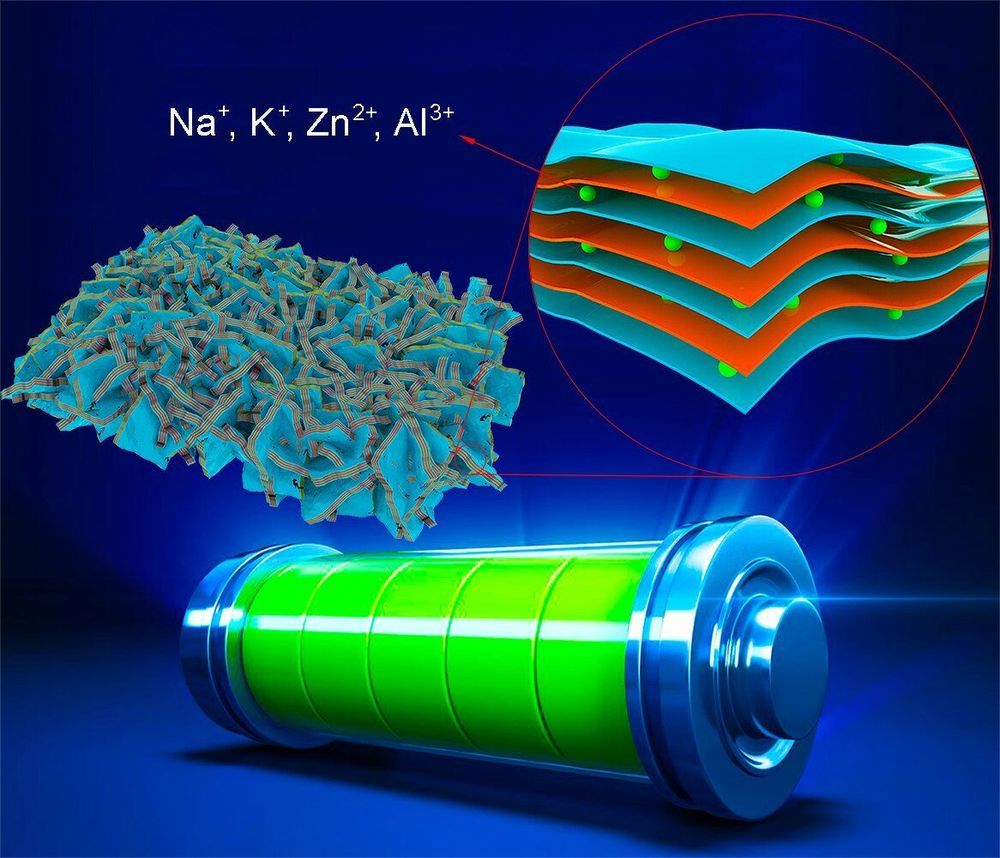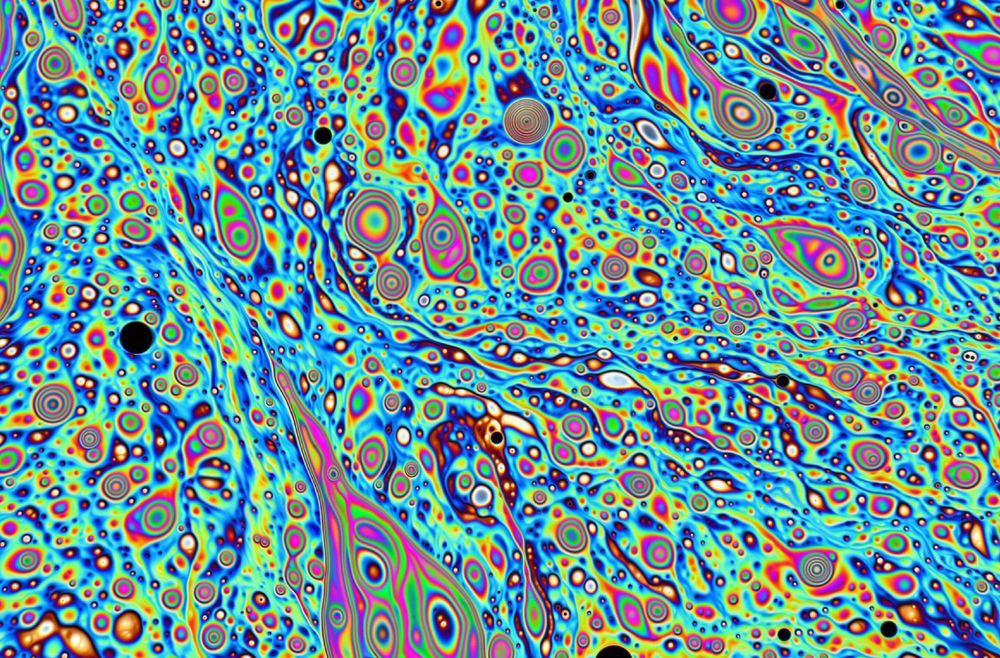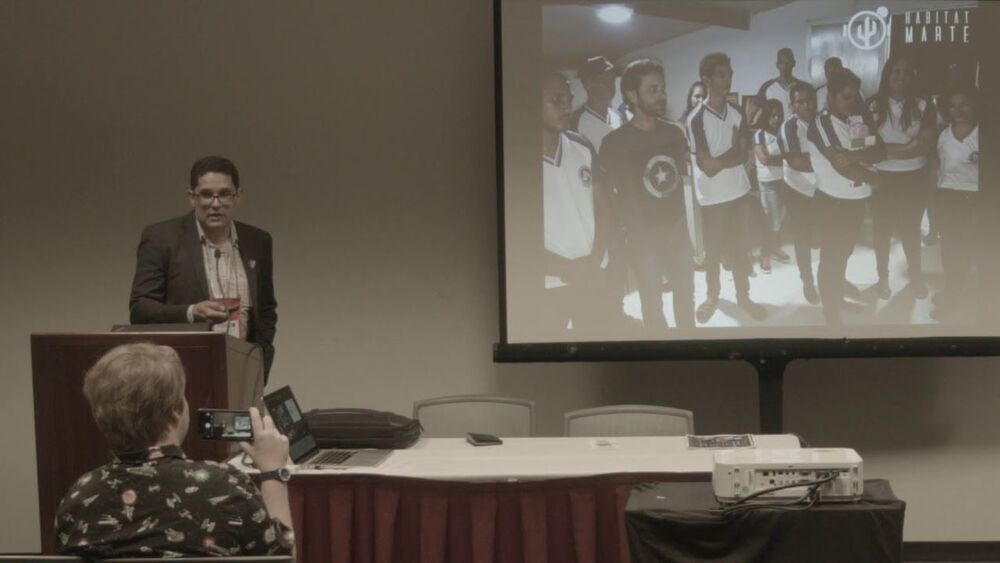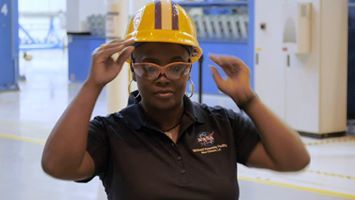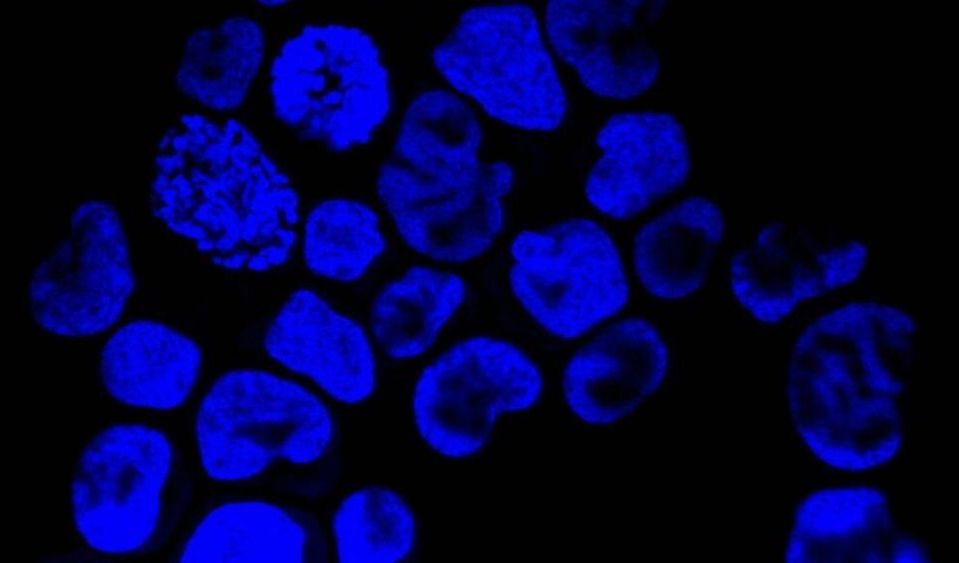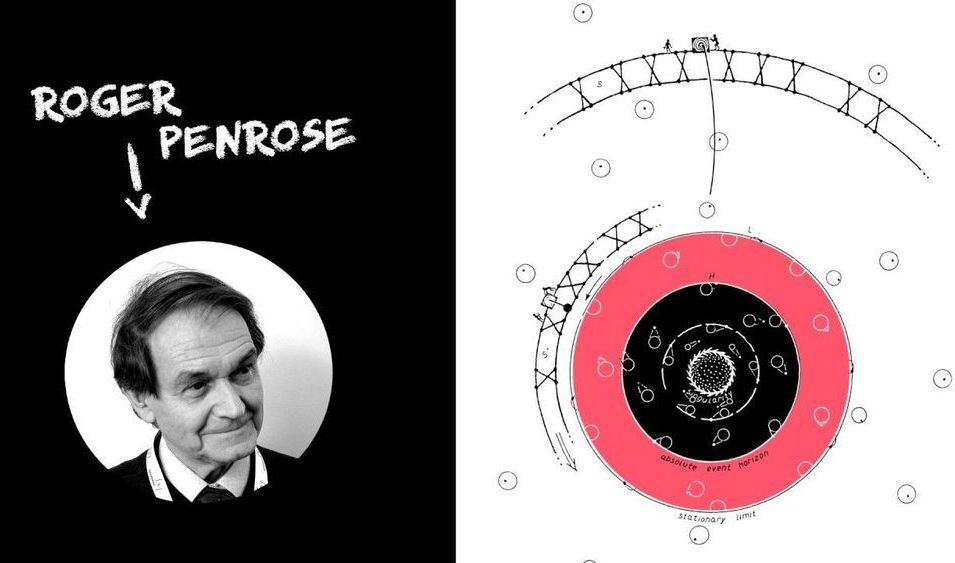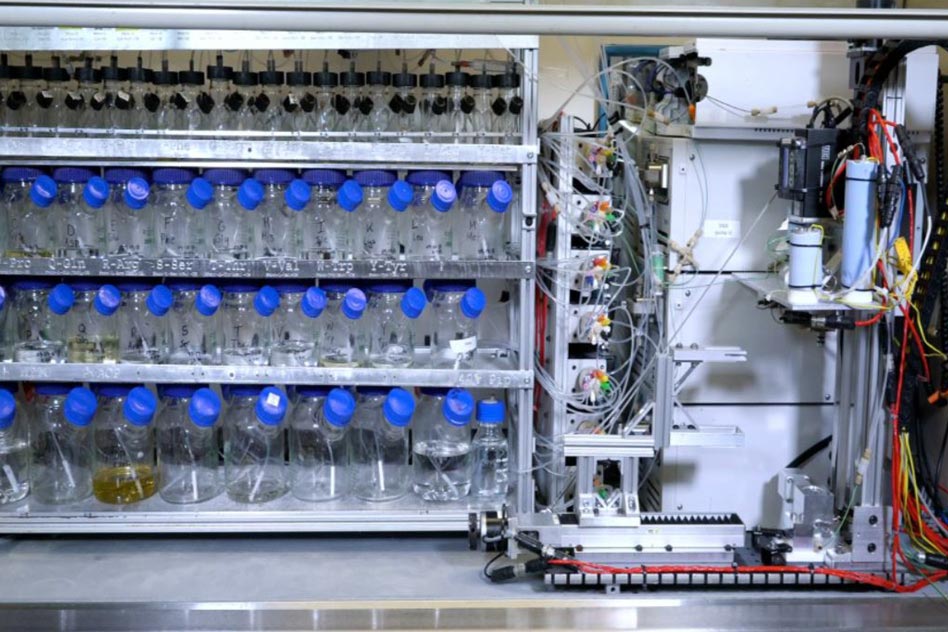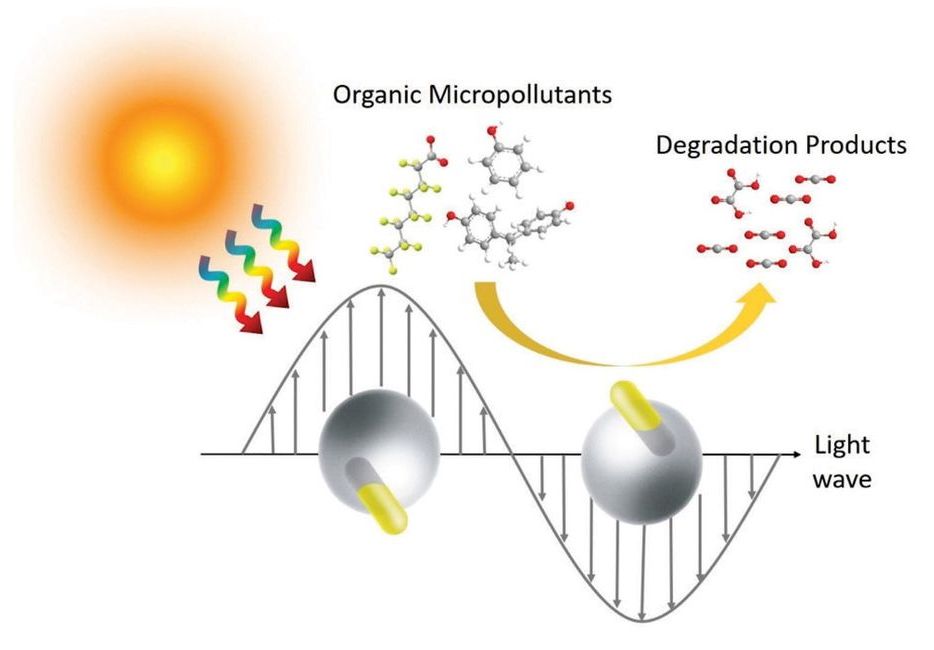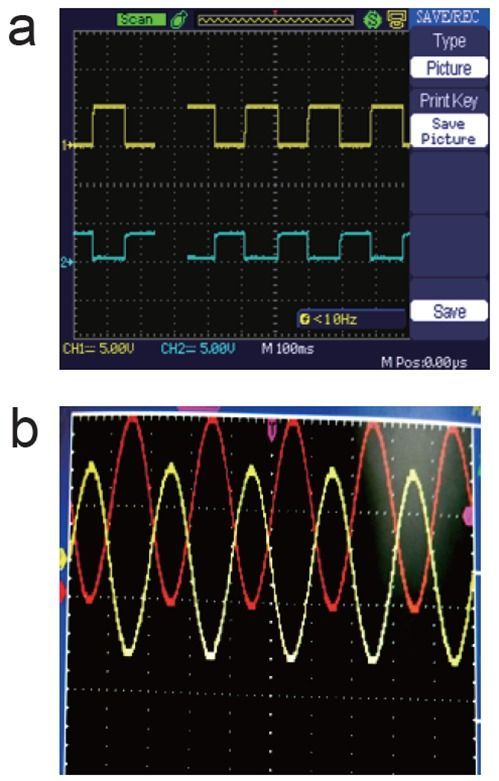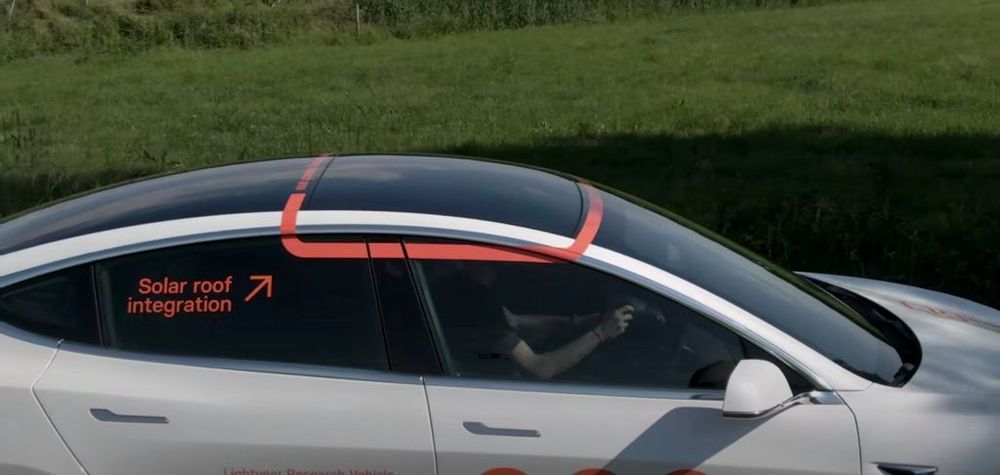Jul 6, 2020
New nano-engineering strategy shows potential for improved advanced energy storage
Posted by Quinn Sena in categories: energy, engineering, nanotechnology, sustainability
The rapid development of renewable energy resources has triggered tremendous demands in large-scale, cost-efficient and high-energy-density stationary energy storage systems.
Lithium ion batteries (LIBs) have many advantages but there are much more abundant metallic elements available such as sodium, potassium, zinc and aluminum.
These elements have similar chemistries to lithium and have recently been extensively investigated, including sodium-ion batteries (SIBs), potassium-ion batteries (PIBs), zinc-ion batteries (ZIBs), and aluminum-ion batteries (AIBs). Despite promising aspects relating to redox potential and energy density the development of these beyond-LIBs has been impeded by the lack of suitable electrode materials.
